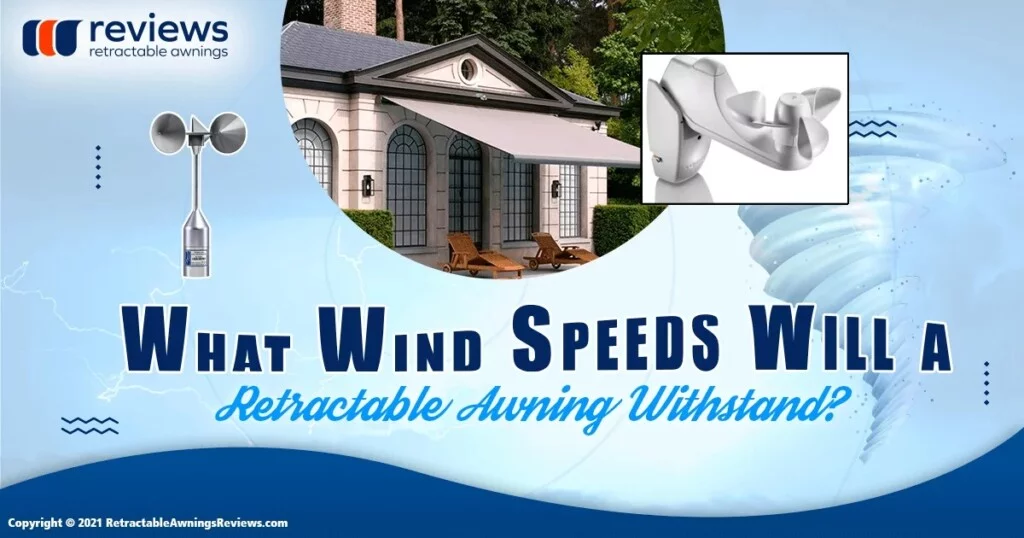Awnings provide shade and can help keep you dry during light rain. But how much wind can a retractable awning withstand? Can retractable awnings be wind-resistant awnings? Let’s take a look!
In this article, you’ll discover:
- How much wind is too much for an awning
- How much wind a retractable awning can withstand
- The pros and cons of a wind-resistant awning
- Wind and motion sensors that can help protect your awning while preventing damage to your house or business
The Basics
Elite companies manufacture and test the best retractable awnings to withstand steady winds of 19-24 mph (not gusts) or a wind Class 2 (Beaufort 5) rating. Unrated awnings fail to withstand a 5 mph steady breeze. Awnings rated wind Class 1 (Beaufort 3) can only withstand a sustained breeze of 8-12mph.
How much wind is too much for an awning depends on:
- Its assembly or fabrication process
- Its engineering and design
- Its materials
- How large it is (width x projection)
- Wind force and direction
A retractable and self-supporting fabric spring-loaded arm awning responds to winds differently than a fixed/stationary or permanently supported fabric awning (also known as a canopy). A self-supported retractable awning extends from a structure using spring-loaded aluminum or steel arms. The springs in these arms help keep your retractable awning extended and elevated.
The pressure from a 23 mph wind would be like having a 300-pound person sitting on your awning. Nothing might happen, but it could damage your retractable awning fabric, frame, and its support arms.
How Much Wind Is Too Much for an Awning?
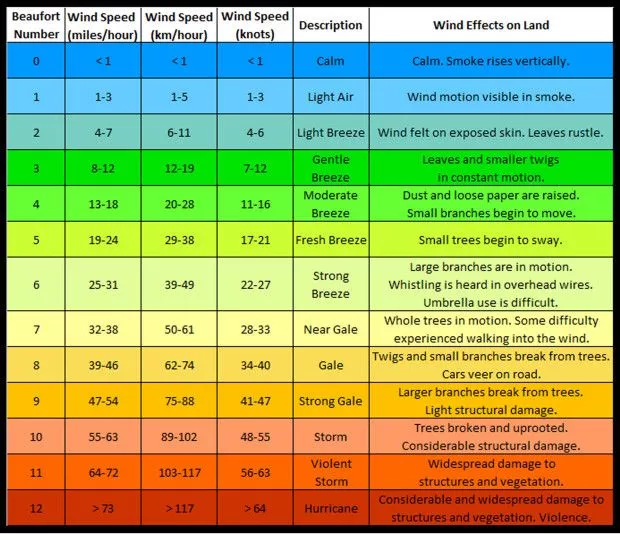
If properly secured to a structure, the best retractable awnings rated for wind Class 2 (Beaufort 5) should be fine in steady wind speeds of 19 to 24 mph. If the front of the awning starts to bounce a lot, it’s reaching dangerous wind speeds. When this happens, roll up/retract your awning immediately before the arms, fabric, and frame sustain damage. Installing a wind or motion sensor (preferred) as soon as possible is also wise. These sensors automatically roll up or retract awnings as wind speeds increase.
A good rule of thumb: If you’re reading a magazine and the wind flips the pages for you, it’s time to retract your awning.
Wind-Resistant Awnings
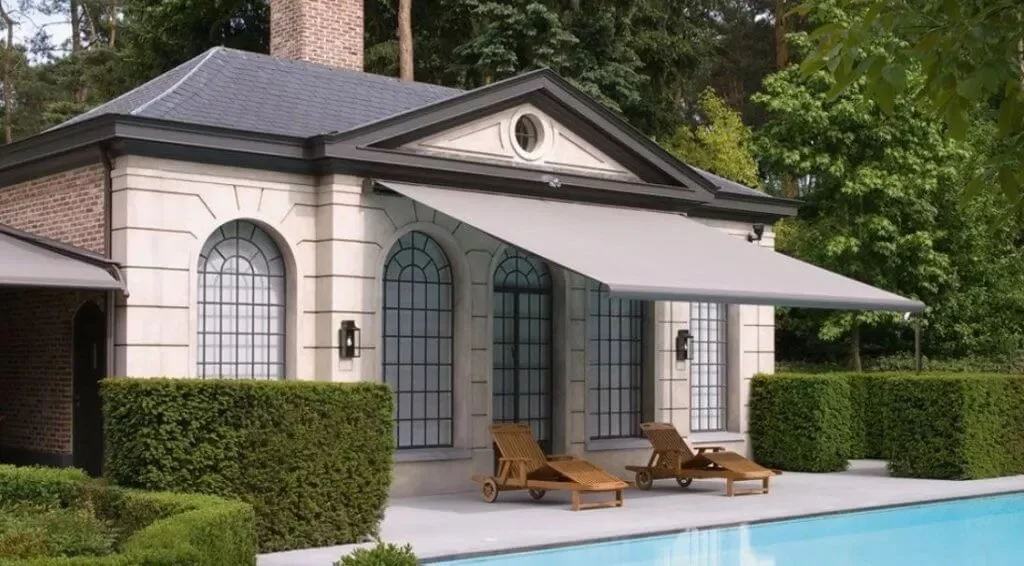
There are four wind-rated classes of awnings:
- Unrated or Class 0 either wasn’t tested or failed to withstand a sustained wind of 12 mph.
- Class 1 withstands wind speeds up to 8-12 mph (Beaufort 3)
- Class 2 withstands wind speeds to 19-24 mph (Beaufort 5)
- Class 3 withstands sustained wind speeds of up to 25-31 mph (Beaufort 6)
When fully retracted (closed), some retractable awnings can withstand 100 mph winds, but there is no certified testing in the retractable awning industry for fully retracted (closed) awnings.
The best awnings for windy areas are retractable with fabric attached at the front bar and a structure wall, soffit, eave, overhang, fascia, beam, or roof. These awnings permit some wind to escape out the sides while releasing wind pressure on the awning’s arms and fabric. Motorized retractable awnings often use a wind sensor or motion sensor that automatically retracts the awning to prevent damage to the arms, fabric, and frame if the wind speed gets too high.
Pergola Options
There are similar products, like retractable roof pergolas. Retractable pergolas with frames receive higher ratings and can withstand wind speeds of 55-63 mph (Beaufort 10) when partially or fully extended and up to 150+ mph wind speeds when closed (retracted). Although these retractable pergolas may withstand greater wind forces, flying debris can still cause damage to them.
Protect the Fabric
If winds are higher than Beaufort 10 you must retract your pergolas fabric. You can extend the pergolas fabric after such hurricane-force winds stop. Retractable fabric is a major advantage of a retractable awning vs a fixed/permanent one.
Additionally, generally the higher the pergola wind rating, the greater the cost.
Location Matters
It’s important to note that awnings typically have to meet your vicinity’s building codes. For instance, retractable awnings and roof pergolas for windy areas like Miami-Dade County must meet Florida Building Codes. In addition, fabric-covered fixed frame (aka permanent) awnings must meet Miami-Dade County building code requirements and withstand 75 mph winds at which time the fabric must be removed from the fixed/stationary/permanent frame. Anything above that is too much wind for most awnings to withstand.
Wind Sensors
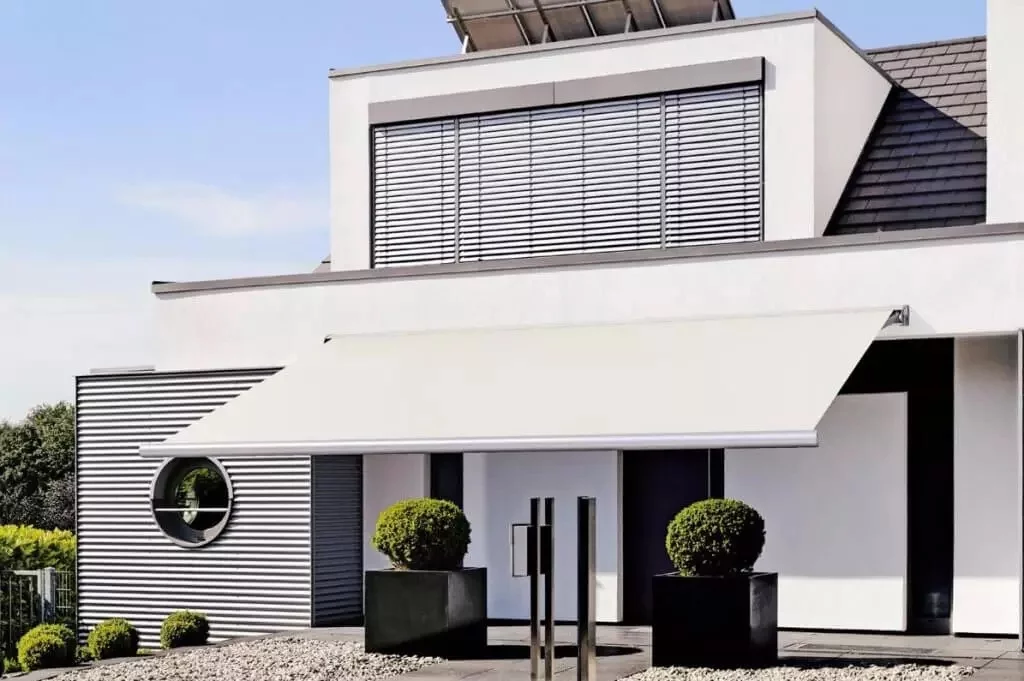
Installing a wind or motion sensor is a simple way to protect motorized retractable awnings. Wind sensors monitor wind speeds. Motion sensors monitor the motion of the front bar. Wind and motion sensors are adjustable and can retract an awning when either type detects dangerous winds too much for the retractable awning to handle.
Sun and Rain Sensors
Sun and rain sensors can turn your awnings into self-operating shade and rain providers, even when you’re not home. Besides ensuring your awning doesn’t sustain damage from high winds using a motion or wind sensor, rain and sun sensors serve other vital purposes. Rain sensors can help you save money by protecting your outdoor kitchen, furniture fabric, rugs, and carpet from rain by extending the awning or pergola when it begins to rain. Sun sensors will automatically extend the awning or pergola at sunrise and close it at sunset for complete sun, UV rays, glare, and heat protection during the hot summer daylight hours.
Conclusion
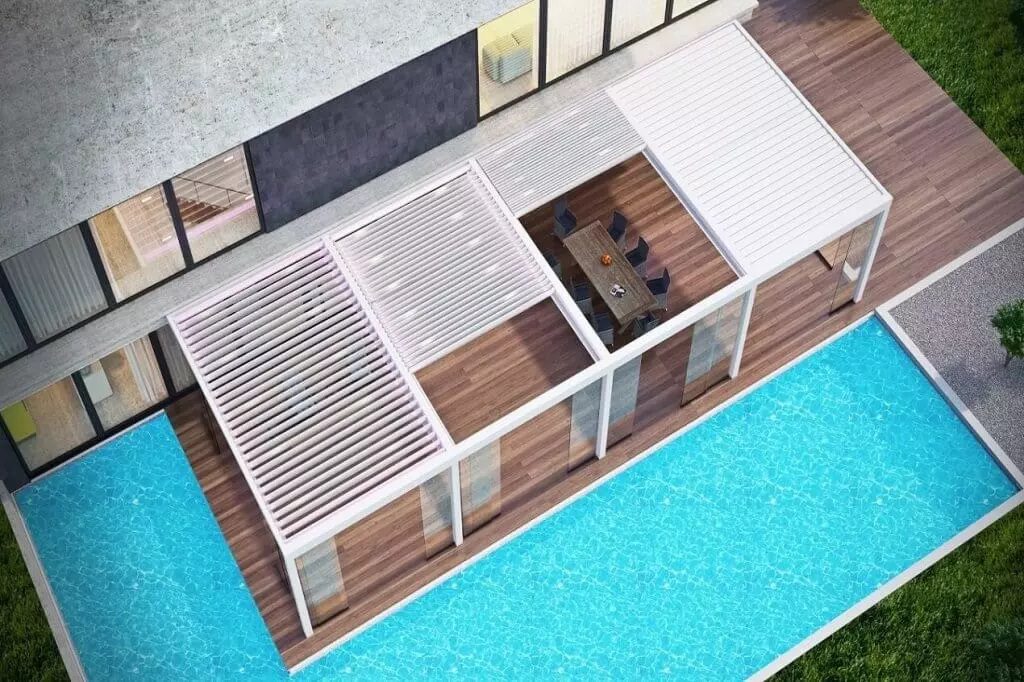
Buying a high-quality, Class 2 (Beaufort 5) wind-resistant awning gives you a product that withstands moderate winds. However, purchasing a wind-resistant awning and paying a few hundred dollars extra for a wind or motion sensor is better. By doing that, you don’t have to find out how much wind is too much for your awnings to withstand.
Remember, you should always close your awning if it’s too windy to relax outdoors. Before you purchase any awning, check out the reviews and specifications on my website to ensure it has a minimum of a moderate wind rating (Class 2, Beaufort 5).
